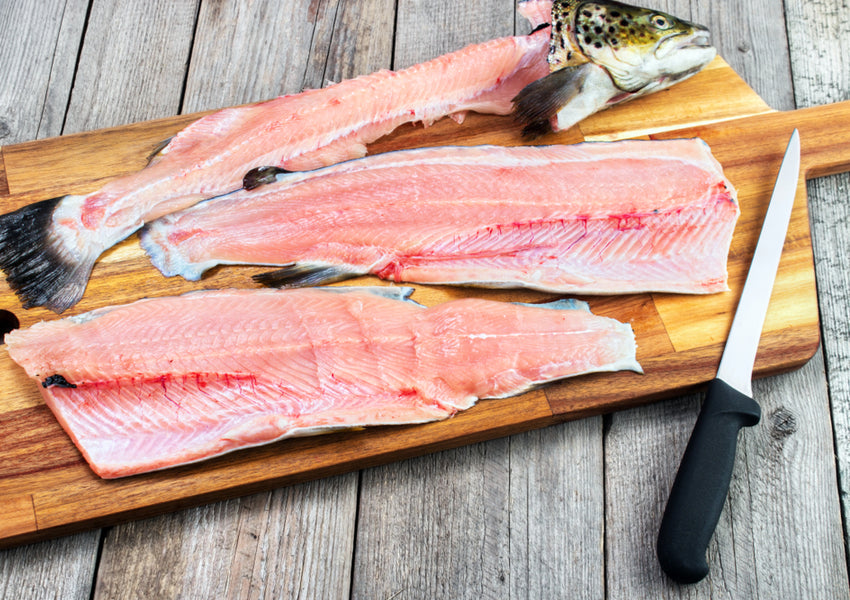Choosing the right boning knife is crucial for anyone who spends a significant amount of time in the kitchen, especially kitchen professionals looking to enhance their culinary skills. A good boning knife is not just about the blade; its about the comfort, ease of use, and functionality that comes with it. In this article, we’ll guide you through the process of how to choose a boning knife, ensuring you make the best decision for your needs.

Understanding the Purpose of a Boning Knife
A boning knife is specifically designed to remove bones from meat, fish, and poultry. It features a narrow, flexible blade that allows for precision and control, making it easier to navigate around bones and through joints. Knowing its purpose helps you appreciate why choosing the right one is essential.
Key Features to Look For
Blade Flexibility
The flexibility of the blade is paramount. A flexible blade is ideal for fish and poultry, while a more rigid one is suited for beef and pork. Understanding your primary use can guide you in selecting the appropriate flexibility.
Blade Material
Common materials include stainless steel and high-carbon steel. Stainless steel is known for its durability and resistance to rust, while high-carbon steel offers excellent sharpness and ease of honing. Consider your maintenance routine when choosing the material.
Handle Comfort
A comfortable handle is vital for prolonged use. Look for ergonomic designs that fit well in your hand and provide a secure grip, even when wet.
Types of Boning Knives
Stiff Boning Knife
Ideal for tougher meats like beef and pork, a stiff boning knife offers less flexibility but more strength to cut through dense tissue.
Flexible Boning Knife
Perfect for delicate tasks, a flexible boning knife is great for fish and poultry, allowing for intricate cuts without damaging the meat.
Semi-Flexible Boning Knife
This versatile option provides a balance between rigidity and flexibility, suitable for various types of meat.
Size Matters
The size of the boning knife should match the type of meat you often work with. A 5- to 6-inch blade is versatile for most tasks, while longer blades are better for large cuts of meat.
Maintenance and Care
Proper care extends the life of your boning knife. Regular honing maintains sharpness, and hand washing prevents corrosion.
Budget Considerations
While it’s tempting to opt for the cheapest option, investing in a quality boning knife can save money in the long run. Consider it a long-term investment in your culinary toolkit.
Testing Before Purchase
Whenever possible, test the knife in your hand before purchasing. Ensure it feels balanced, comfortable, and suited to your needs.
Brand Recommendations
Some reputable brands to consider include Wusthof, Shun, and Global, known for their quality and craftsmanship.
Where to Buy
You can find a wide range of boning knives at specialized kitchen stores or online retailers like Amazon.
Expert Advice
Consult with professional chefs or read reviews to gather insights on the best boning knives available.
Using Your Boning Knife
Once you’ve selected the perfect boning knife, learning how to use it properly enhances your efficiency. Practice makes perfect, so don’t hesitate to hone your skills.
Environmental Considerations
Consider knives made from sustainable materials or brands that focus on eco-friendly practices.
Conclusion
Choosing the right boning knife is a personal decision that depends on your specific needs and preferences. By considering factors like blade flexibility, material, and handle comfort, you can find a knife that enhances your culinary experience. For further reading and tips on boning knives, visit this guide.

FAQs
What is the best size for a boning knife?
The best size depends on the type of meat you work with. A 5- to 6-inch blade is generally versatile for most tasks.
How often should I sharpen my boning knife?
This depends on usage, but regular honing after every few uses is recommended to maintain sharpness.
Can I use a boning knife for vegetables?
While it’s primarily designed for meat, a boning knife can be used for precise vegetable cuts.
This article contains affiliate links. We may earn a commission at no extra cost to you.


